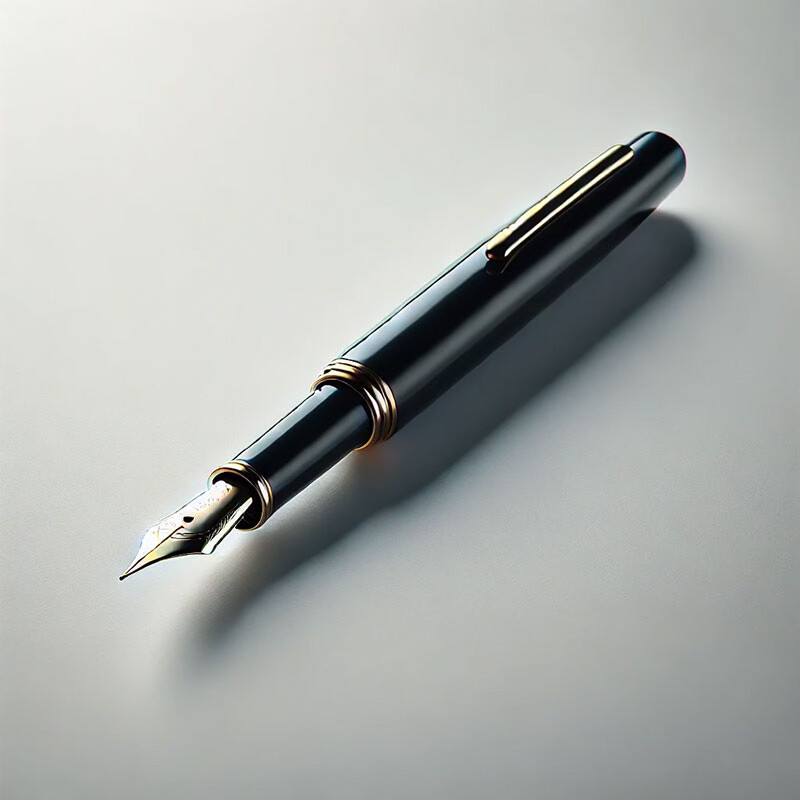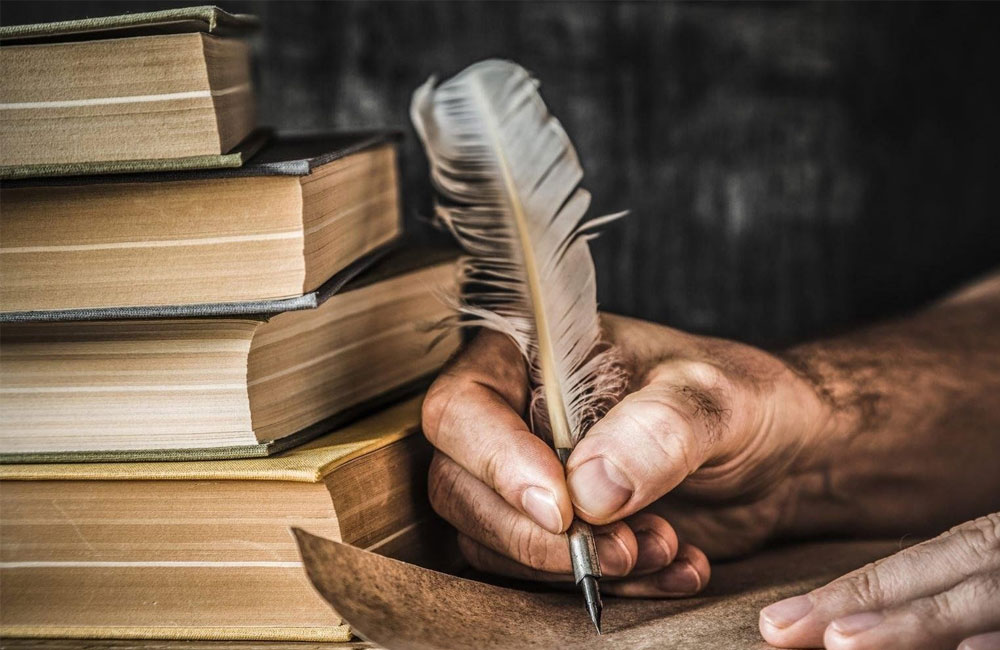Quills, once essential tools for writing, gradually became obsolete. This article explores their rise and fall, highlighting the technological and societal shifts that led to their decline.
The Golden Era of Quills
Quills were the primary writing instrument for over a thousand years, from the 6th century to the 19th century. Crafted from bird feathers, typically geese, they allowed for smooth ink flow and precision. Their use was widespread in medieval Europe, powering historic documents like the Magna Carta.
However, quills required frequent sharpening and were fragile. As writing needs expanded during the Industrial Revolution, their inefficiency became apparent.
Learn more about quills’ historical significance from The British Library.
The Decline of Quills: When and Why?
Quills began losing popularity in the late 18th century, with metal nib pens taking center stage by the mid-19th century. The shift was not sudden but accelerated by advancements in manufacturing during the Industrial Revolution.
According to The Pen Museum, Birmingham became a global hub for mass-producing steel nib pens. By 1850, these pens had largely replaced quills in Europe and the United States.

Why Metal Pens Replaced Quills
- Durability
Metal nib pens lasted longer and could endure heavy use without breaking. - Convenience
Unlike quills, which required frequent sharpening, metal pens were ready to use and reliable. - Affordability
Mass production made metal pens affordable for a growing literate population. As noted by Britannica, metal pens were accessible to the middle class. - Increased Demand for Writing Tools
As literacy rates surged in the 19th century, the demand for practical writing instruments grew. Quills couldn’t keep up with this demand.
The Rise of Fountain Pens

In 1827, the invention of the fountain pen marked a pivotal moment in writing history. By the late 19th century, fountain pens, with their built-in ink reservoirs, became the preferred choice for writers. Their convenience and reliability rendered quills almost entirely obsolete.
For more on the evolution of fountain pens, visit The Fountain Pen Network.
Quills Today: A Timeless Artifact
Though no longer practical, quills remain iconic. Calligraphers use them for creating intricate designs, and they are often featured in historical reenactments. They also hold ceremonial value, such as during the signing of treaties or constitutional documents.
For a detailed look at modern quill use, explore The Art of Calligraphy.
Conclusion
Quills went out of fashion in the 19th century, replaced by durable and efficient metal nib pens. The Industrial Revolution and rising literacy rates drove this transformation. While quills are no longer practical, they remain cherished symbols of elegance and history.
FAQs
Yes, similar writing tools existed in Asia and the Middle East, including bamboo pens and reed pens.
Quills were common until the mid-19th century, particularly in formal and legal settings.
Yes, quills are handcrafted for calligraphy enthusiasts and collectors.





